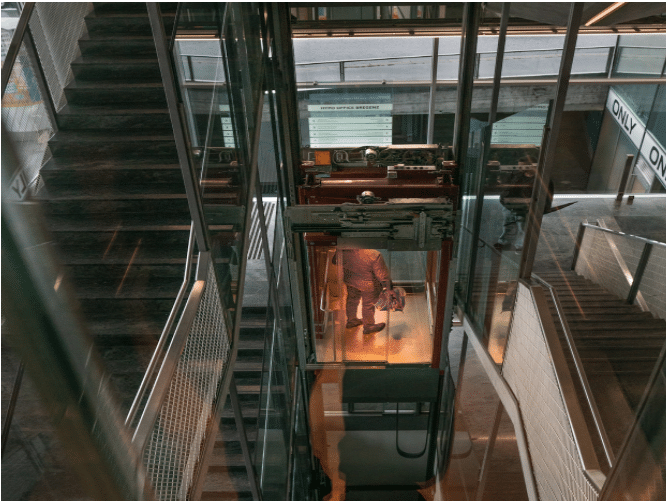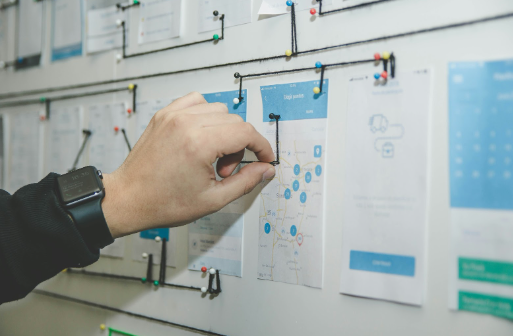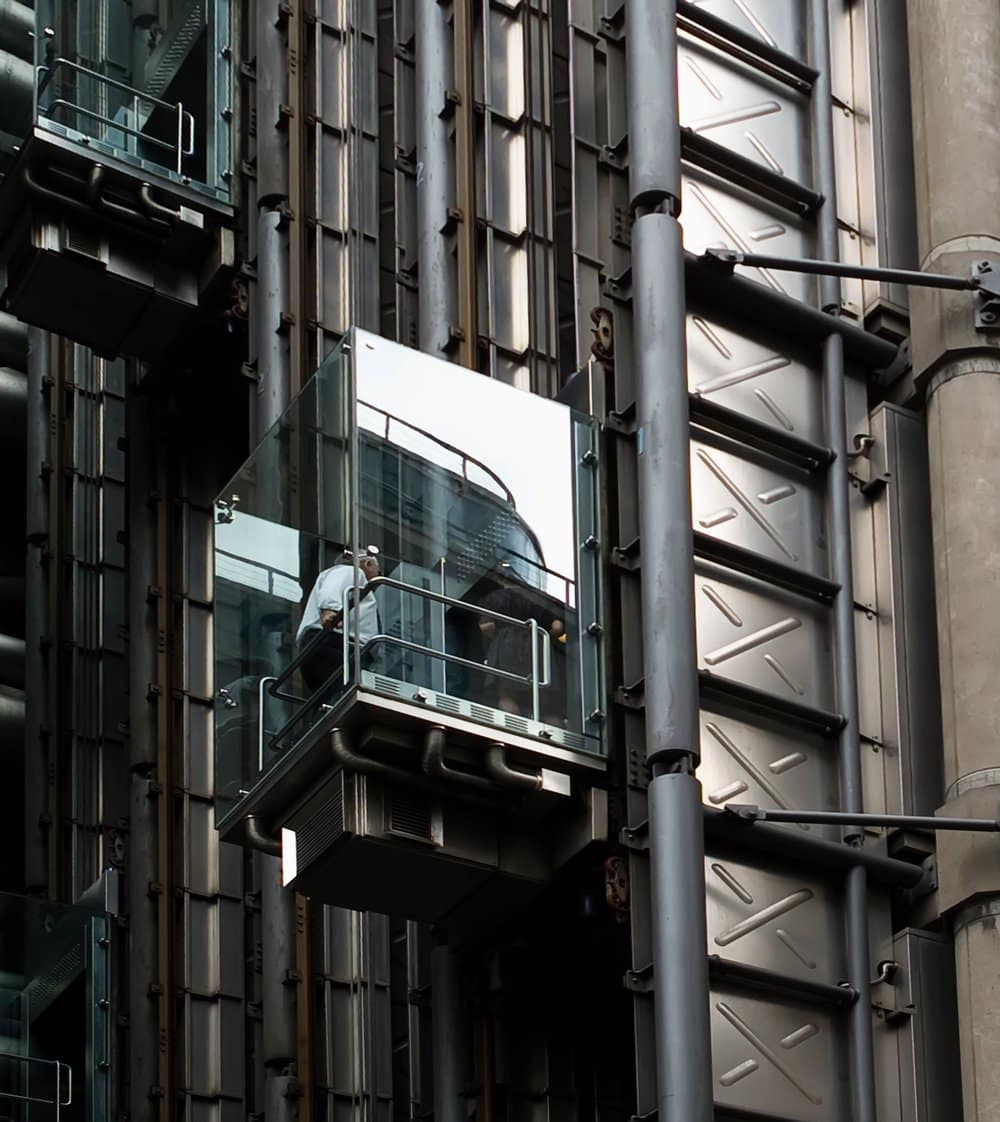Passenger Lift Installations & Servicing
Passenger Lift Installations & Services
At Future Lift Services, we provide expert passenger lift solutions and installations in new and existing buildings. From hydraulic passenger lifts to pneumatic systems, our range of new lift installations provides a wide range of passenger lift services to meet your every need. Regardless of where in the UK you are, including the West Midlands, Essex and Greater London, we can help you pick and install the best lift for your building and passengers.
What Are Passenger Lifts
Passenger lifts are essential vertical transportation systems designed to move people efficiently between floors in both private and public buildings. These lifts are commonly found in residential apartments, office blocks, shopping centres, and hotels. Depending on the building’s specific requirements, passenger lifts come in various types and designs.
The most common systems include:
- Hydraulic Passenger Lifts: Utilise a hydraulic piston to move the elevator car. Ideal for low- to mid-rise buildings, they offer smooth and reliable transportation.
- Electric Passenger Lifts: Powered by motors and cables, these lifts are best suited for taller buildings due to their fast operation.
- Pneumatic Lifts: Ideal for smaller buildings, these lifts use air pressure to move the elevator, making them a great choice for energy efficiency and ease of installation.
Every lift installation must adhere to strict international safety and quality standards. Working with Future Lift Services ensures compliance with all regulations, giving you peace of mind that your lift is safe, reliable, and optimised for your building’s needs.
Get in touch today and we can talk you through your next lift project.

Our Services
At Future Lift Services, we provide a streamlined and thorough process for every passenger lift installation:
- Initial Consultation: Our team evaluates your building’s structure and your specific needs to recommend the most suitable lift system.
- Design & Planning: We work closely with you to ensure the lift design integrates seamlessly into your building’s layout while meeting accessibility and regulatory requirements.
- Installation: Our experienced engineers handle the entire installation process with minimal disruption, ensuring a swift and efficient setup.
- Final Inspection & Safety Check: Before handing over the project, we conduct rigorous safety inspections and quality checks to ensure your new lift operates perfectly.
Customer-First Approach
At Future Lift Services, our commitment to customer satisfaction goes beyond just installation. We pride ourselves on keeping your passenger lifts in optimal working condition through regular maintenance and fast response to any issues.
If your lift requires maintenance or repairs, we ensure that any downtime is kept to an absolute minimum, working around your schedule. Our team can carry out necessary repairs outside of business hours to ensure there is no disruption to your operations. This dedication to maintaining your lift’s performance reflects our customer-first approach, providing reliability and peace of mind at all times.
We offer this service to clients across the UK, including Greater London and county Essex.

What Next?
If you want to learn more about how we handle passenger lift maintenance, including tools and our team, why not have a chat with one of our representatives?
Passenger Lift Requirements
When installing and maintaining passenger lifts, there are several key legal requirements and safety standards that must be met to ensure the lift is safe for public use. One of the most important pieces of legislation governing passenger lifts in the UK is the Lifting Operations and Lifting Equipment Regulations 1998 (LOLER). These regulations are crucial for ensuring that lifting equipment, including passenger lifts, is properly maintained, inspected, and safe for daily operation.
Under LOLER, passenger lifts must undergo thorough examinations at least every six months by a qualified and competent person. These examinations are designed to identify any defects or potential issues that could compromise the safety of the lift’s users.
Beyond LOLER, other important regulations include:
- The Provision and Use of Work Equipment Regulations 1998 (PUWER): This regulation ensures that work equipment, including lifts, is safe for use and maintained in a safe condition.
- The Health and Safety at Work Act 1974: This act outlines the responsibilities of employers to ensure the safety of their employees and the public by maintaining safe working conditions, including safe lift operations.
- The Management of Health and Safety at Work Regulations 1999: This legislation requires employers to carry out risk assessments and put measures in place to manage the risks associated with using lifts.
Future Lift Services takes care of all the necessary safety inspections and paperwork, ensuring that your passenger lift complies with all relevant regulations, including the latest government guidance outlined in the Health and Safety Executive’s (HSE) passenger lift regulations.
Why Choose Future?
At Future Lift Services, we provide new lifts for the most comprehensive range of commercial and residential buildings.
We have an expert team of experienced lift engineers with years of experience who can provide the perfect cost-effective lift solution for your building or business.
We also offer a full range of lift services, including a comprehensive lift maintenance service to keep your passenger lift running smoothly and efficiently for years to come.
If you’re looking for a new passenger lift installation or an upgrade to your existing lift, contact Future Lift Services today!
Passenger and Commerical Lifts FAQs
How much power does a passenger lift use?
Who is responsible for a passenger lift inspection?
The duty holder, typically the building owner, property manager, or employer, is responsible for ensuring that passenger lifts are inspected. Under LOLER (Lifting Operations and Lifting Equipment Regulations 1998), lifts must be thoroughly examined by a competent person every six months. This person should have the qualifications and experience to assess the lift’s safety and compliance with regulations.
What are some passenger lift safety rules?
Passenger lift safety is essential for both users and operators. Some key safety rules include:
- Never overload the lift: Do not exceed the maximum capacity indicated inside the lift.
- Stand clear of the doors: Ensure passengers stand clear while the doors are opening or closing.
- Do not tamper with controls: Passengers should avoid pressing emergency buttons unless necessary.
- In case of malfunction: Stay calm, use the emergency button, and wait for assistance – never attempt to exit a lift that is stuck between floors.
How often should a passenger lift be inspected?
Passenger lifts must be inspected every six months in accordance with LOLER regulations. This inspection includes a thorough examination by a competent engineer to ensure all parts of the lift are in good working order and comply with safety standards. Regular inspections help prevent breakdowns and ensure the lift remains safe for use.
Who needs to be aware of passenger lift safety rules?
Everyone who uses or manages the lift should be aware of passenger lift safety rules. This includes:
- Building owners and property managers, who are responsible for maintenance and ensuring regulatory compliance.
- Employees, especially in commercial settings where lifts are used frequently.
- Maintenance personnel, who should follow safety protocols during inspections or repairs.
- Lift users, who need to understand basic rules such as not overloading the lift or tampering with controls.
How are passenger lifts inspected?
Passenger lifts are inspected through a detailed and thorough examination process to ensure they meet safety standards and remain compliant with regulations like LOLER. A qualified engineer will assess critical components such as the lift shaft, doors, control panels, and braking systems. They will check for wear and tear, test emergency features, and ensure the lift operates smoothly. Inspections are required every six months for commercial lifts, service lifts, and goods lifts. A well-maintained lift guarantees safety for its users and extends the lifespan of the equipment.
How should I prepare before calling a lift repairman?
Before calling a lift repairman, it’s helpful to gather the following information:
- Lift type: Identify whether it’s a bespoke passenger lift, service lift, or goods lift.
- Location of the lift: Know where the lift is located within the building and how to access the lift shaft or control room.
- Problem description: Be specific about the issue—whether it’s a malfunctioning door, unusual noise, or the lift stopping between floors.
- Lift model and installation date: Have details on the make, model, and age of the lift, as this can help diagnose the issue more quickly.
Providing this information upfront allows the repairman to bring the right tools and spare parts, reducing downtime.
How to choose a passenger lift for my business?
Choosing the right passenger lift for your business depends on your building’s structure and operational needs. While Future Lift Services specialises in maintenance and inspections, we can direct you to our lift types page to help you navigate the selection process for bespoke passenger lifts, commercial lifts, and service lifts. Factors to consider include the size of the lift shaft, expected passenger traffic, and any specific regulations your business must adhere to. Choosing the right solution ensures efficient, safe, and compliant vertical transportation for your premises.


